Are you looking for a contractor?
Submit our quick form and get quotes now!
Table of Contents
7 min read
Comparing Different Roofing Materials
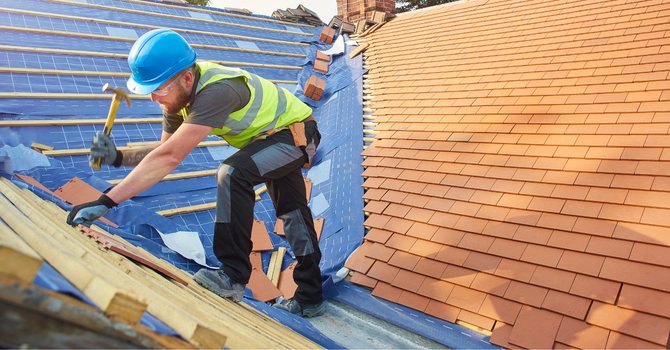

7 min read
Comparing Different Roofing Materials
RoofComparing Different Roofing Materials
As one of the main structural elements of your home, you must take proper and deliberate care of your roof. Of course, even with the best maintenance practices, there eventually comes a time when you’ll need to fix your roof. But how can you approach this large-scale project?
If it’s time to fix your roof, then there are a few things that you should know about their inner workings, including materials as well as the more important aspects to check before you hire a contractor. Remember, a proper inspection will lead to a strong roof.
Cost and Characteristics of Roofing Materials
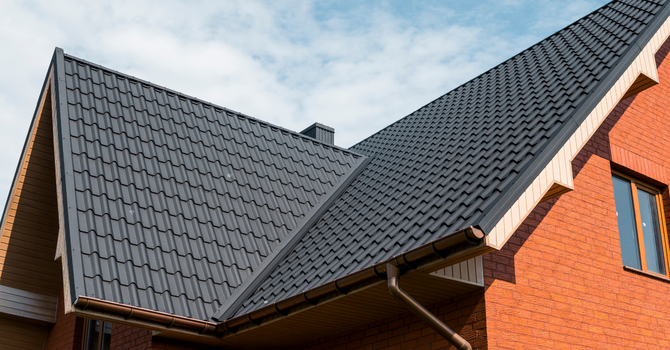
Multiple-Layer Asphalt
Properties
Mostly used for flat rooftops;
Tar used to be the choice material for this type of covering;
During the hottest days of summer, the tar would act by itself to fill the cracks;
It is made of felt that has been saturated with liquid asphalt inserted between each coat. The surface is then covered with gravel.
Pros
Generally inexpensive (Prices may vary from one region to another);
Asphalt doesn't last as long as tar does and the sun can cause damage to it (e.g. cracks).
Cons
Heavy material and quite bad for the environment;
Gravel can also gather up in the drain, so proper maintenance is extremely important!
Expected duration
Between 20 and 25 years (less if not well taken care of)
Cost (including installation)
Starting at $7 per sq. ft. (Price may vary according to current oil prices)
Elastomeric Membrane
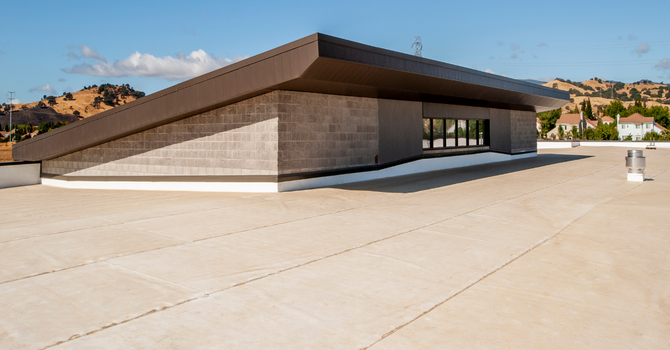
Properties
Bilayer membrane made with modified bitumen;
Often used by roofers;
Also used as an undercoat membrane for slanted roofs, below other types of roof coverings (like asphalt shingles. In general, it is used on flat roofs.
Pros
Generally inexpensive (prices may vary from one region to another);
Asphalt doesn't last as long as tar does and the sun can cause damage to it (e.g. cracks).
Cons
Risk of fire during the installation process, because the roofers use blowtorches;
Comes from asphalt, therefore not very eco-friendly;
More expensive than asphalt.
Expected duration
Between 25 and 40 years
Cost (including installation)
Between $9.50 and $15 per sq. ft.
Asphalt Shingles
Properties
The weight of a roof shingle affects its durability;
The heavier it is, the more durable;
Depending on the manufacturer, the warranty can be between 10 and 35 years.
Pros
Good resistance to humidity;
Inexpensive;
Requires very little maintenance;
Available in different colours, finishes and styles;
Material quality affects its durability. Make sure that you are working with good-quality shingles.
Cons
You'll have to replace shingles on a semi-regular basis.
Expected duration
Between 15 and 30 years
Cost (including installation)
Between$7 and $12 per sq. ft
Wood Shingles
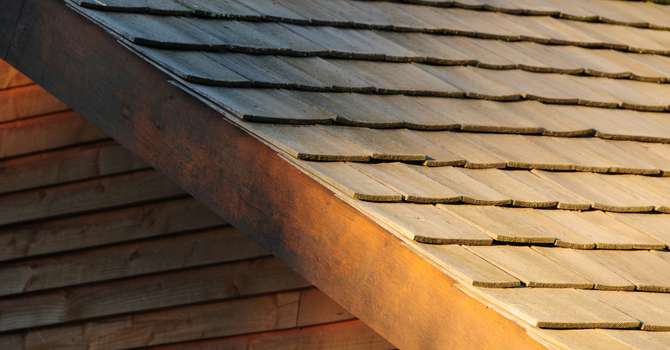
Properties
Available in different types of wood;
If the shingles have a rough surface, they will have to be stained every 15 years, whereas if they have a smooth surface, it will have to be done every 5 years;
Warranty: Between 25 and 55 years;
Very waterproof due to the wood torrefaction process;
Flammable: get your roofer's opinion about this potential problem and check building codes.
Pros
Good resistance and durability;
Available in different colours (essences) for treated wood.
Cons
Very expensive to install;
Must be stained regularly;
Flammable.
Expected duration
30 years+
Cost (including installation)
Between $11 and $30 per sq. ft.
TPO (Thermoplastic Polyolefin)/EPDM (Ethylene Propylene Diene Terpolymer)
Properties
TPO is made with vinyl whereas EPDM is made from synthetic rubber;
These materials are often used for flat roofs or green roofs.
Pros
Very weather-resistant (sun, frost, rain, wind, etc.);
Light and durable. Also very resistant to mould and require very little maintenance;
White membrane, which doesn't conserve heat. Helps reduce heat island effects in big cities;
Contrary to other types of roofs, they are recyclable. Therefore, they create less pollution.
Cons
Made from oil products, meaning that it is not necessarily the most eco-friendly product out there.
Expected duration
Between 15 and 30 years
Cost (including installation)
Between $7 and $12 per sq. ft.
Green Roof (With or Without a Garden)
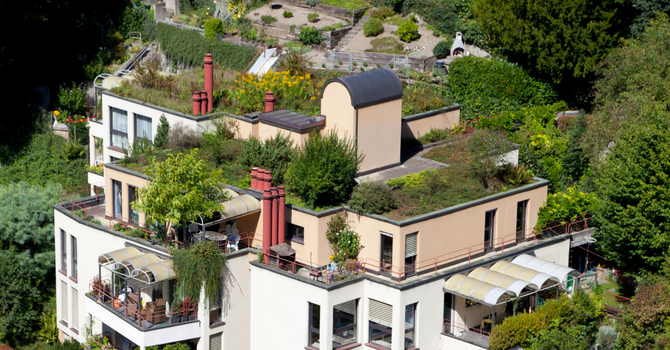
Properties
A good alternative to other materials;
A nice rooftop garden can add a lot of value to a house;
Green roof = eco-friendly.
Pros
Easy maintenance;
100% recyclable (in the case of aluminum);
Very durable (it is said to last a lifetime);
Weather-proof;
Light (aluminum);
Incombustible.
Cons
Very expensive and requires a lot of maintenance;
Very heavy: the house's structure will probably have to be reinforced (we're talking about an extra 10 to 15 pounds per square foot).
Expected duration
It all depends on the amount of maintenance.
Cost (installation included)
Between $12 and $30 per sq. ft., but you must also think about the price of the undercoat (approx. $9.50 to $14.50 per sq.ft.)
Metal Roof (Aluminum, Copper, etc.)
Properties
Long service life;
Above-average quality when compared with other materials;
Low maintenance;
Ages well;
Adds cachet to the house.
Pros
Easy maintenance;
Available in a wide variety of colours;
100% recyclable (in the case of aluminum);
Very durable (it is said to last a lifetime);
Weather-proof;
Light (aluminum);
Incombustible.
Cons
Expensive at first;
Expensive to replace.
Expected duration
On average, approximately 50 years.
Cost (installation included)
Aluminum: $9 to $14 per square foot
Galvanized steel: $14 to $27 per square foot
Copper: $24 to $36 per square foot
* Please note that prices are subject to change. The same goes for the expected service life of the product. Good maintenance, along with a yearly inspection, is necessary. Sources (all in French):
Légitime Dépense (Télé-Québec): Les revêtements de toiture
Légitime Dépense (Télé-Québec): Réfection de toiture
Protégez-vous: Refaire votre toiture: nos conseils
Protégez-vous: La toiture: les matériaux Le Guide Perrier
Choosing a Roofer
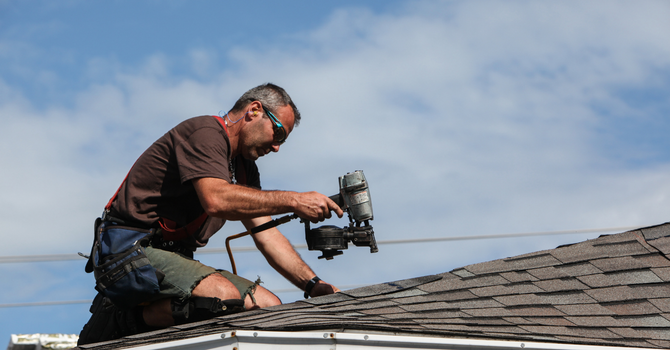
Finding the right contractor to work on your roof is a key step in the renovation process. You'll need someone that is both competent and qualified for this difficult job. Before starting, make sure to check that they have the right permits as well as valid insurance policies. Consider choosing someone local, as a roofer who works in your municipality will be familiar with the local building codes and thus, will be considered reliable. Also, local contractors are more likely to be available if you need advice or a repair in contrast to a contractor with a wide-ranging network.
As should be common knowledge, it’s important to avoid signing a contract with a contractor who hasn't been up on the roof to assess its current state. An honest contractor will go up to see what needs to be done and offer an estimate of the costs involved. Make sure that if the price is fair, the number is agreed upon on the day the estimate is given.
Although almost every renovation project may need a little bit of legroom in the budget, this will help you approach the job with an idea of the amount you’ll be spending. Lastly, when signing the contract, make sure they write detailed information about the work involved, including an estimation of how long it may take. See if there is a warranty attached to the work and/or the materials being used. If a problem occurs, this could prove exceptionally useful.
If needed, check our guide: Choosing the right contractor for your renovation project here.
If each one of the contractors that you meet quote approximately the same price, chances are that the price is honest. However, if you’re noticing large differences between the amounts, you could always hire a building inspector or an independent roofing consultant. They’ll need to have the proper credentials to evaluate your house. This outside perspective could bring extra information about your roof. However, do make sure to budget a few extra hundred dollars for the price of this advice.
Lastly, we recommend that the work is completed in the spring or, even better, during the summer. The heat emanating from the sun will help ensure that the materials will stick to the surface and your roof will be ready and done for fall...
Good Inspection, Good Roofing
To make sure your roof stays in prime condition, you should complete a yearly inspection where you'll be able to look for and deal with any looming damage. You should complete this when weather conditions allow, and thus you should try and avoid the winter months. Once winter is over and it’s beginning to feel like spring, climb on the roof to get a better view of the entire surface. Since the cold season tends to leave traces, it's better to wait until the snow and ice have melted.
This inspection will allow you the chance to monitor the surface and make sure there aren’t any major looming issues. As you climb up on the roof, try to see if you find any noticeable cracks. If such is the case, said cracks will have to be filled as soon as possible to prevent further damage. If you do indeed notice something and need the help of a contractor, you'll be able to see if they find the same problems as you. If certain problems seem to repeat themselves, you'll have to determine whether something else needs to be done, such as fixing the ventilation system or the insulation in the attic, which are two common roof-related problems.
Another point worth noting is if your house is located close to a lot of trees, it may be necessary to do one or two extra inspections over the year. This is because debris from foliage can leave scratches or tears on the surface, and over time these can grow into bigger problems.
Unfortunately, as with most things in life, materials have a limited lifetime. For you to know when it may be time to change the surface, you'll have to obtain precise information about your rooftop material and the last time it was fixed or redone. The information about the condition of your current rooftop will likely be found in your pre-purchase inspection report.
Depending on the material used, replacing a roof will cost at least $5,000 and can easily make its way up to $60,000 (and more). Not only dependant on the price is the material, but also the size of your home. Yes, this is a significant amount of money but since the roof is such an important part of the house, it’s a worthy investment. Also worth noting is that since a roof will not need to be renovated every year, you should be sure to choose a material that is known for its durability. However, the materials that you end up choosing will depend on the type of roof (slanted, flat), its size and most of all, the budget you have set aside for the job.
Drain and Plumbing Stack
Now, don't forget to check the current state of the drain and plumbing stack, as recommended by André Gagné and Luc Paré, rooftop specialists cited in a report by the Quebec TV show Légitime Dépense. For a complete inspection of the plumbing stack, you will need to hire a plumber who’ll be able to see if everything is in good condition.
To find out about the average cost of various home renovation projects, check out our Home Renovation Price Guide.
Get 3 quotes for your roofing renovation project
RenoQuotes.com will put you in contact with 3 reliable contractors for your roofing renovation project. Fill in the form on our homepage (it only takes a few minutes) and receive quotes from trusted professionals.
Dial 1-844 828-1588 to speak with one of our customer service representatives.
Last modified 2023-11-07
Looking for something else?
Related articles
The latest industry news, interviews, technologies, and resources.
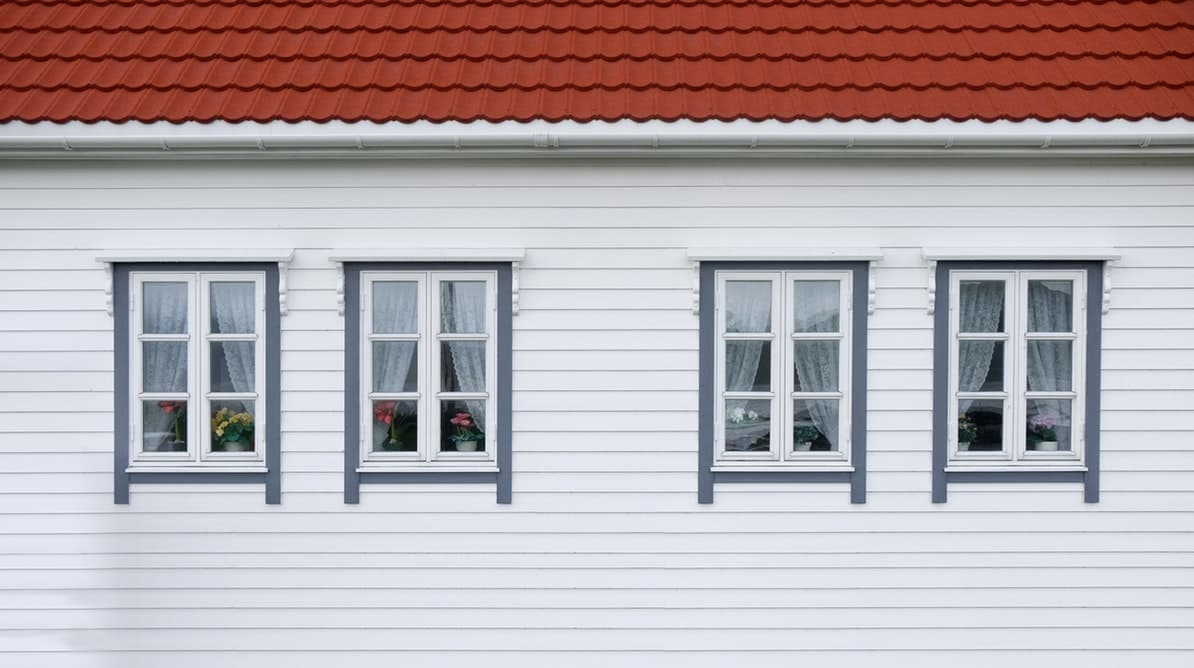
N/A • 07 Nov 2023
Your personality can truly shine by way of your home’s architectural details. As you've likely noticed, there are plenty of different style choices and preferences out there.
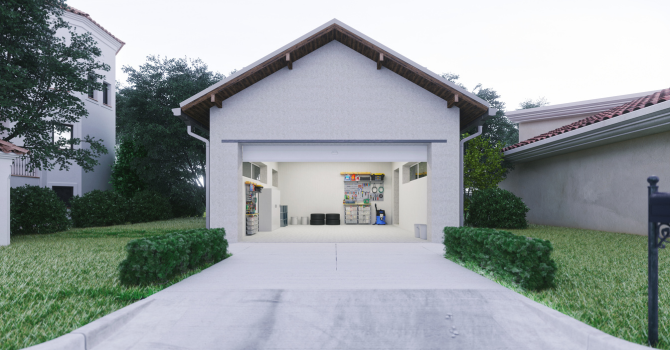
RenoQuotes.com • 23 Jan 2024
Whether it's the ultimate storage space or the perfect setting to carry out minor projects, a garage is an extremely practical space with undeniable value. If you're thinking of building one soon, take a look at the steps involved.
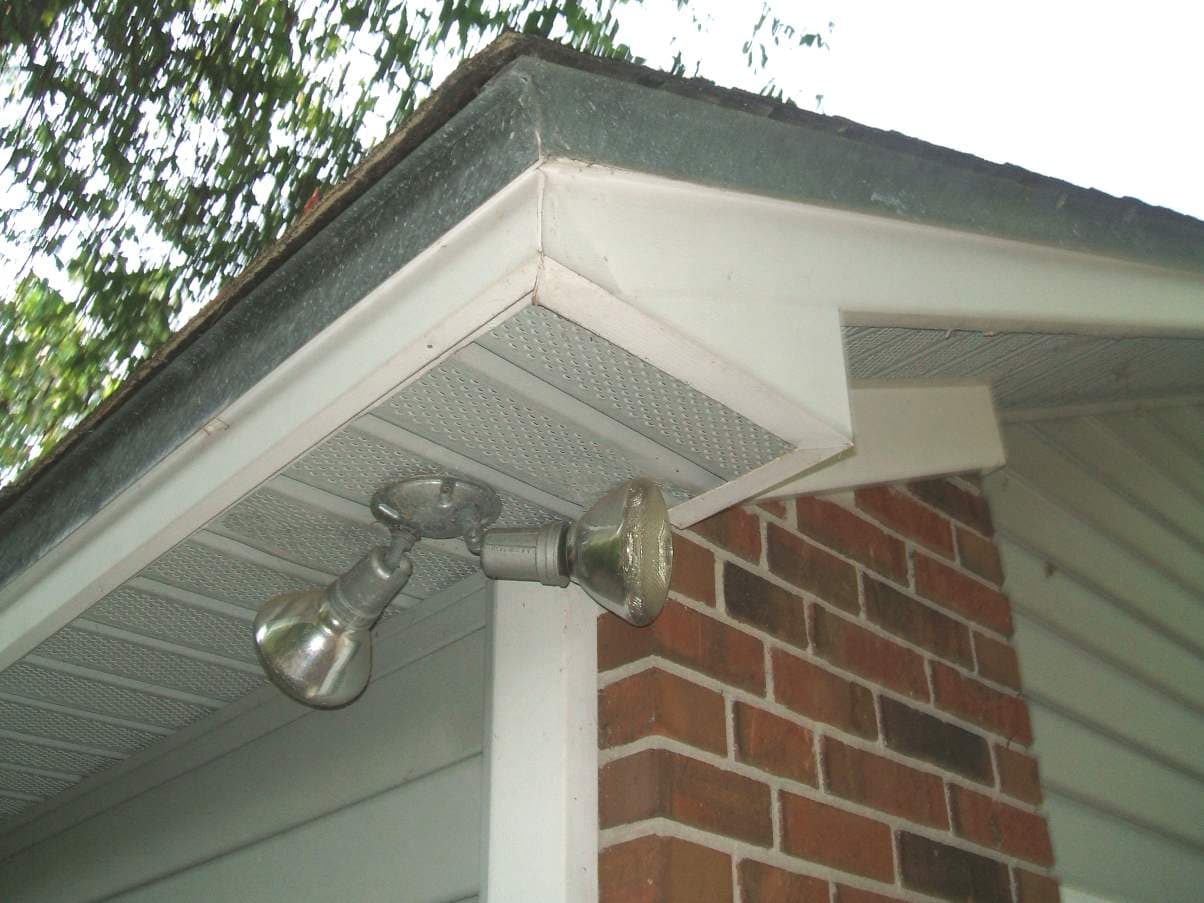
Cynthia Pigeon • 07 Nov 2023
Soffits are a key part of your house’s roof design. Found under the edge of the roof, it often comes in the form of a ventilated aluminum panel. Placed horizontally, it is supported by profiles secured in the building’s structure and covers the entire eave, between the fascia and the siding.
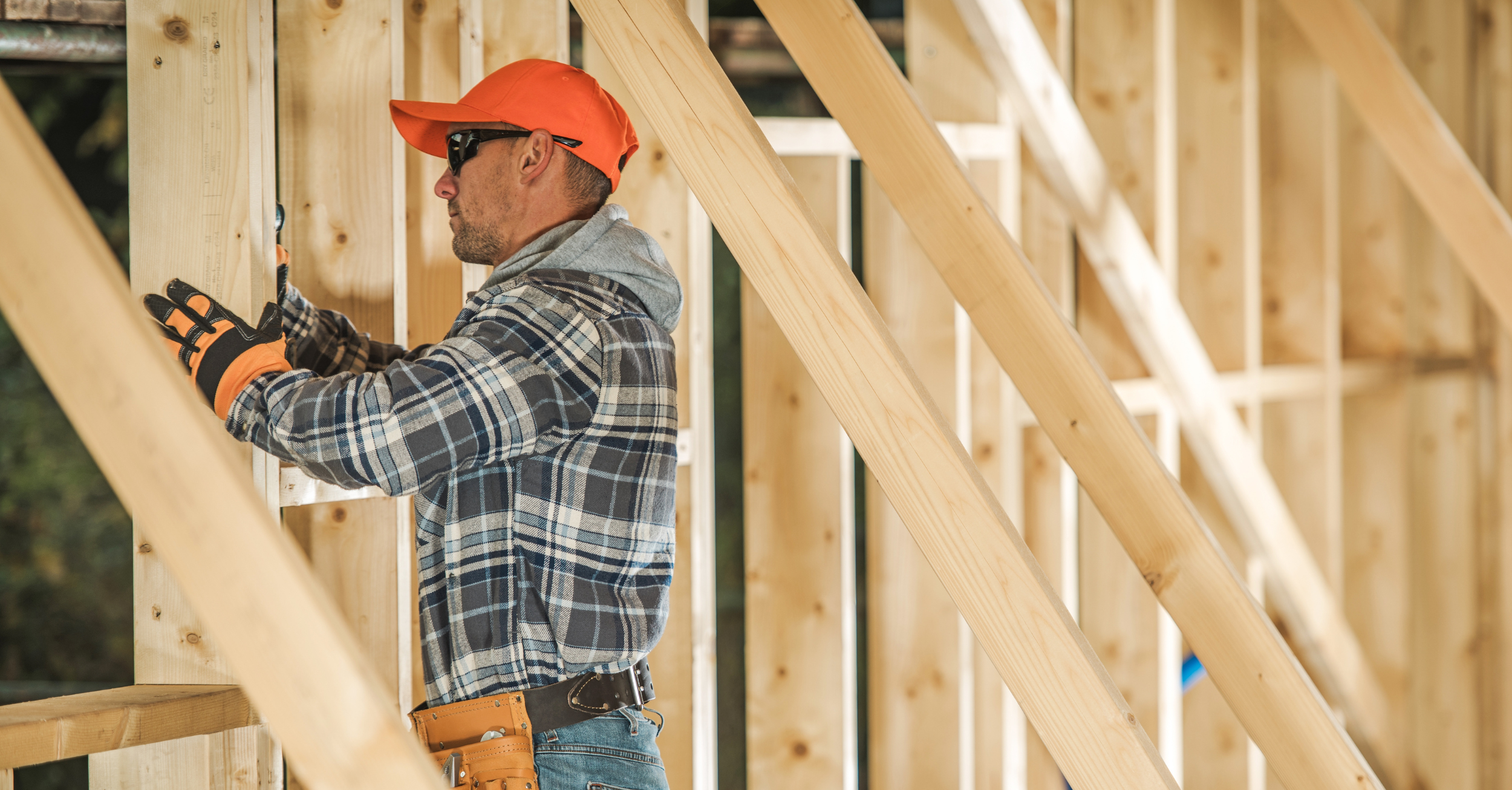
RenoQuotes.com • 07 Nov 2023
Who wouldn't like to add a hint of wood to their decor or integrate it as part of a construction project? Wood suits almost every aesthetic, it's available in countless different finishes, can be used for just about anything, is derived from a renewable source, and is perfect to scaffold zero-carbon buildings.
